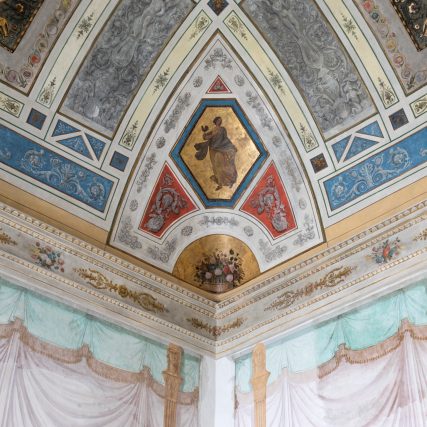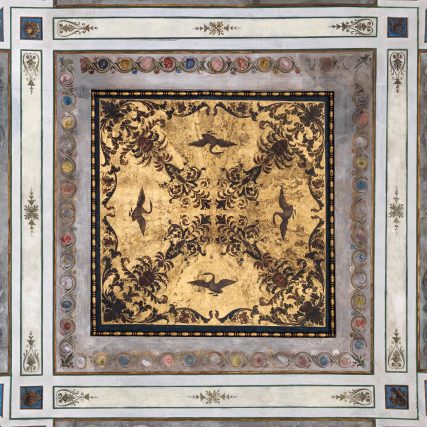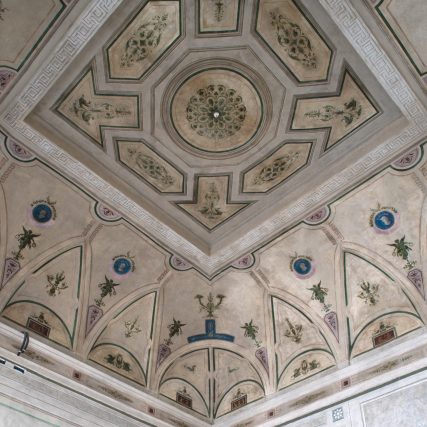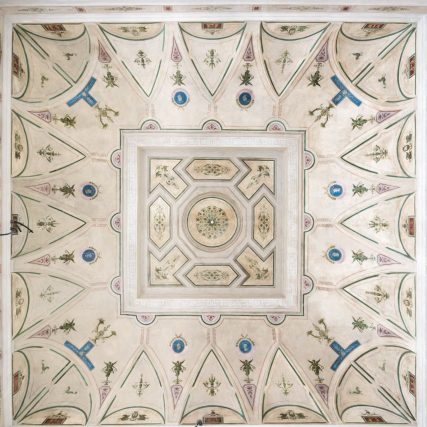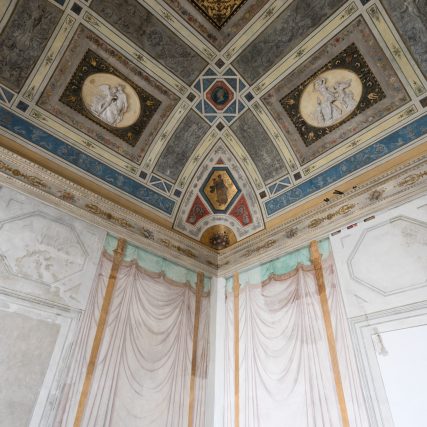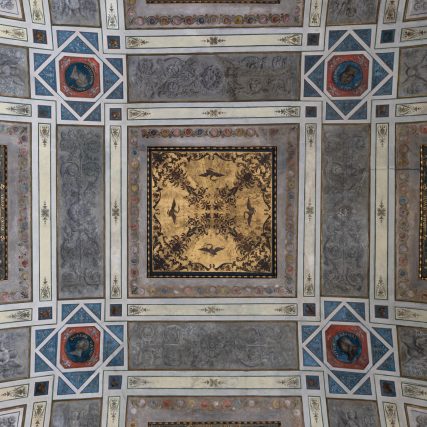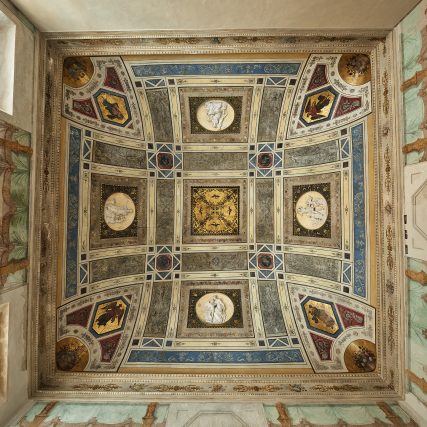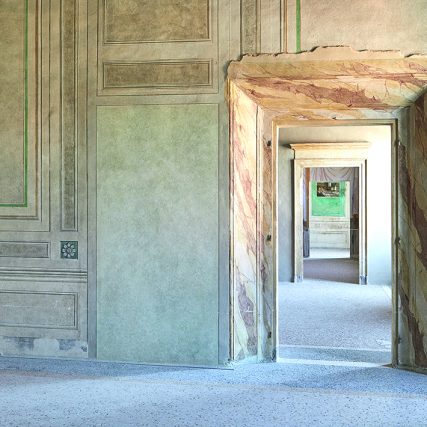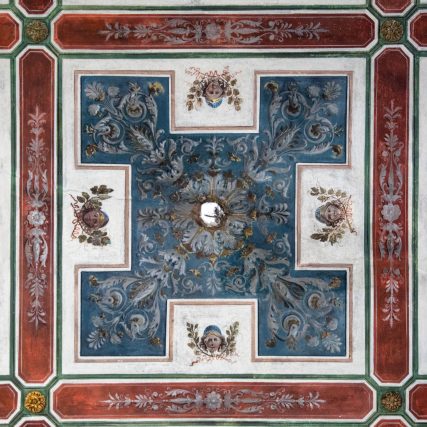
Palazzo Guiccioli is a prestigious historic building intimately connected to the cultural and political events of nineteenth-century Ravenna. Located in the heart of the city on central Via Cavour, it stands out among other residential buildings as one of the most emblematic places of local memory.
In its neoclassical rooms, George Gordon Byron (1788–1824) spent happy and productive years with Teresa Gamba Guiccioli (1798–1873)—among the most fruitful periods of his short, legendary literary life. Within the austere walls of the palace, among figures such as Alessandro Guiccioli, Lord Byron, and Ruggero and Pietro Gamba (Teresa’s father and brother), the earliest political conspiracies took place, which then led to the Carbonari uprisings of 1820–21. From 1836, Luigi Carlo Farini (1812–1866) also resided in the building for several years, while practicing medicine in Ravenna. He later became one of the most important figures of the Italian Risorgimento.
The Fondazione Cassa di Risparmio di Ravenna, current owner of the Palazzo, recognized the cultural value of this site of memory and its historical figures, subsequently launching and completing a restoration and repurposing project of the entire complex. A genuinely exciting museum hub has taken shape in this building rich in literary and civic memory. Drawing from the valuable Byron and Risorgimento collections (owned by the City of Ravenna) and enhanced by innovative multimedia storytelling, the museums create a fusion between the physical space of the building, as revived by the restoration, and the displays of literary, artistic, and historical documents.
